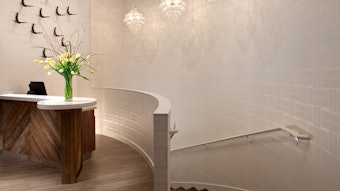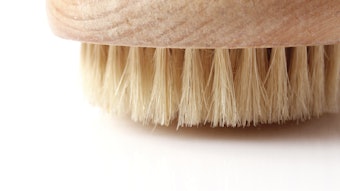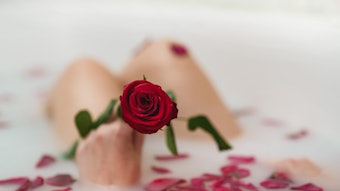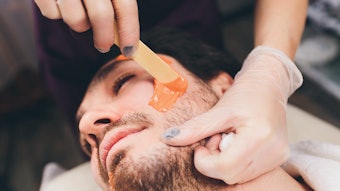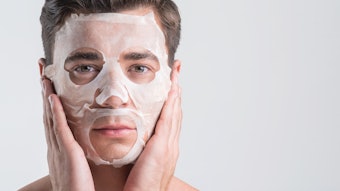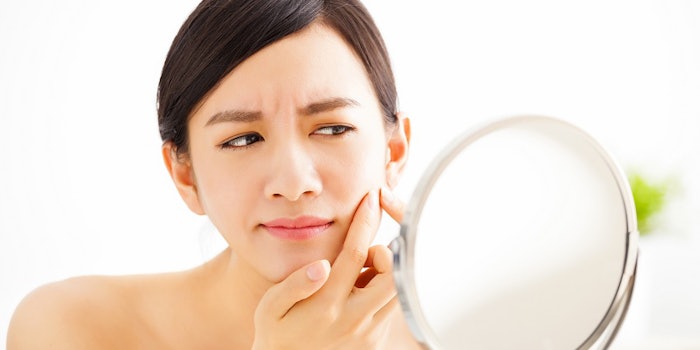
Estheticians know that providing personalized attention is a large encourager of repeat business. One way to ensure client satisfaction is to keep abreast of the factors that affect skin health, such as compulsive skin picking (CSP), an often misunderstood and misdiagnosed disorder. When it is frequent and intense, this condition can lead to serious consequences.
About CSP
Picking at facial blemishes, scabs or dry skin around the nails is common. However, in some people, this compulsive and brutal abrading is a response to an uncomfortable and irresistible internal urge. This intrusive impulse often is experienced as an itch, or is seen or perceived as an imperfection in the skin—a defect that is considered correctable through the act of picking. The initial picking incident often is an impulsive action that leads to repetitive behavior.
Due to shame and embarrassment, few people learn about the condition, which often remains hidden from family, friends and medical professionals. There has been little research on CSP to date. Many specialists believe that the incidence is much higher than the numbers that are reported. Treatment seldom is sought, but when a request is made, it usually is to a dermatologist. According to the article "Psychogenic Excoriation: Clinical Features, Proposed Diagnostic Criteria, Epidemiology and Approaches to Treatment" by L. M. Arnold that appeared in CNS Drugs in 2001, 2% of dermatology patients suffer from the disorder and 4% of college students are affected. It is much more common among females—8-to-1 when compared with males. The age of onset generally is during childhood or adolescence, although later beginnings have been noted. CSP has a course that is chronic, yet it fluctuates over time from binge patterns to apparent remission.
There are two general modes of conduct: Automatic picking is performed without the individual’s conscious knowledge. This behavior typically occurs along with talking on the telephone, watching television, reading or engaging in other sedentary behaviors. The second approach is more concentrated and deliberate, and becomes the main activity on which an individual is focused. In this case, the picking often supplants other initiatives, and consumes all available energy and attention. Usually both patterns are present in an individual, although one style may be prevalent.
Theories of etiology
Although once viewed simply as an aberrant behavior, medical and behavioral scientists now are examining other possible origins. Most fall into one of two camps. One group believes that anxiety is the core reason for CSP, indicating that a reduction of stress should be the foundation of treatment. The other focuses on a specific biological basis that advocates medical or pharmaceutical intervention. However, many medical professionals subscribe to the belief that the cause of CSP is a combination of the two factors.
Personal experience and consequences
The most obvious consequence of CSP is its negative effect on a person’s appearance. Its damage to the skin includes scarring, bruising, bleeding and infection. Some individuals dig deeply into their skin, causing painful injury that usually results in rituals of repair, such as frequent washing, overapplications of prescribed or over-the-counter creams and antibiotic ointments, and excessive application of astringents. In some situations, permanent disfigurement has occurred.
Treatment
The initial stage of recovery is awareness and education about the nature of CSP. Not only does this help to reduce the shame and guilt that typically undermine recovery, but it also prepares the client for necessary changes in attitude and behavior. Most current literature suggests that the best outcomes involve the combination of pharmacology and behavioral therapy. It is important for estheticians to refer clients with CSP to a physician for examination.
In-spa help
Clients who suffer from CSP need acceptance and understanding from you, the esthetician. Keep in mind that the individual should not be labeled as a compulsive skin picker, but instead acknowledge that they have the disorder. They need assistance in developing a new attitude toward their skin that transitions them from abuse to compassion in order to cultivate healthy skin habits.
Provide fliers or brochures on CSP in order to demonstrate to clients that you acknowledge and accept this problem. Be sure to include ways to receive help in the handouts, including Web site addresses of online support groups, as well as contact information for at least one local physician, mental health professional or counseling center. This may foster awareness and help individuals—whether immediately or eventually—to begin their journey on the road to recovery. Clients are likely to respect your spa and frequent it based on your awareness of psychobehavioral disorders that affect the skin.
When working with an individual, if you notice scars, red blemishes, open sores or possible attempts to hide such conditions, you likely are examining a person with CSP. Although unlikely, if they mention the problem, use the opportunity to discuss the issue. Even if it isn’t acknowledged, inquire about possible compulsive picking by offering skin-improvement advice and suggesting products to enhance skin health. The individual may open up at that point or at some time in the future. Keep in mind that this is not the individual’s choice. They are a victim of a confusing physical compulsion.
Resources
J Schwartz, Brain Lock, HarperCollins Publishers, Inc. (1996)
J Claiborn, home.att.net/~j-claiborn-phd/anxiety_shrink.html
Obsessive Compulsive Foundation, www.ocfoundation.org
OCD Action: About Compulsive Skin Picking (CSP), www.ocdaction.org.uk/ocdaction/index.asp?id=214
OCD Center of Los Angeles, www.ocdla.com
Pickaderms online support group, health.groups.yahoo.com/group/pickaderms/
F Penzel, Hair Pulling, Skin Picking and Biting: Body-focused Repetitive Behaviors, www.aamft.org/families/consumer_updates/body-focusedrepetitivedisoraders.asp
Stop Picking On Me online support group, www.stoppickingonme.com
Trichotillomania Learning Center, www.trich.org


